Phone wars: Can technology improve the humble conference call?
Audio conferencing is an important business tool, but the quality often leaves a lot to be desired.

The increasingly global nature of business, along with financial restrictions on travel, mean plenty of meetings take place on the phone. Video conferencing, for all its potential, is still far from mainstream.
But conference calls are frequently of variable and some users would argue declining quality.
All too often, at least one participant is inaudible, and callers can spend as long listening to white noise, hiss and feedback as they do to the conversation. The situation isn't helped by the growth in low-cost conferencing services that work by using IP-based technology to squeeze as many calls as possible into a fixed amount of bandwidth.
This is not just anecdotal evidence: research by Cambridge University suggests that 77 per cent of conference call users found sound quality to be an issue, even though audio calling remains the most popular form of conferencing technology.
Conference calls are frequently of variable and some users would argue declining quality.
But despite the less than glamorous nature of conference calls efforts are being made to improve the quality of audio calling.
In the voice over IP market, more providers are starting to deploy wideband audio, based around the g.722 encoding format derived from ISDN - for higher-quality speech.
Cisco has embedded wideband audio in most of its IP handsets, and other makers are following.
Get the ITPro daily newsletter
Sign up today and you will receive a free copy of our Future Focus 2025 report - the leading guidance on AI, cybersecurity and other IT challenges as per 700+ senior executives
Wideband audio works by sampling twice as much audio as a conventional phone call. It is rather like switching from mono to stereo on the radio.
In mobile phones, operators are starting to move towards support for HD Voice, which works in a similar way, but only if both the operator and callers' handsets support it. Currently, it is only available on T-Mobile/Orange/EE and 3 in the UK.
IT Pro will look at audio calling quality in more depth in a future article.
Conference calls, though, have not really benefitted from improvements in voice quality, not least because newer, higher-resolution codecs need to be installed at the "bridge" end of the call. But BT believes it has an answer, using technology it has developed with Dolby Laboratories.
The new system will use Dolby's experience in noise reduction for hi-fi, and sound reproduction in cinemas, to improve the quality of calls on BT's MeetMe service, according to the company.
The move is timely. Cambridge researchers found that poor conference call quality affects participants' concentration and makes calls more tiring. The improvements in call quality users wanted include better suppression of background noise, and better speaker identification.
Making use of the new, higher-quality audio service does mean leaving the phone behind, however. BT will start by rolling out Dolby Voice via its VoIP option, with software for Macs and Windows PCs. Callers will, of course, need a good headset. Apps for Android and iOS devices will follow next year, as will a Dolby Voice ready phone.
BT is reluctant to disclose pricing for the new service, but admits it will attract a premium over standard voice conferencing. But if the result is more productive calls, the premium could well be justified.
Stephen Pritchard is a contributing editor at IT Pro.
-
 AI is helping bad bots take over the internet
AI is helping bad bots take over the internetNews Automated bot traffic has surpassed human activity for the first time in a decade, according to Imperva
By Bobby Hellard
-
 Two years on from its Series B round, Hack the Box is targeting further growth
Two years on from its Series B round, Hack the Box is targeting further growthNews Hack the Box has grown significantly in the last two years, and it shows no signs of slowing down
By Ross Kelly
-
 Equinix acquires BT's Irish data centers in €59 million deal
Equinix acquires BT's Irish data centers in €59 million dealNews As BT moves to an asset-light business model, Equinix looks to expand
By Emma Woollacott
-
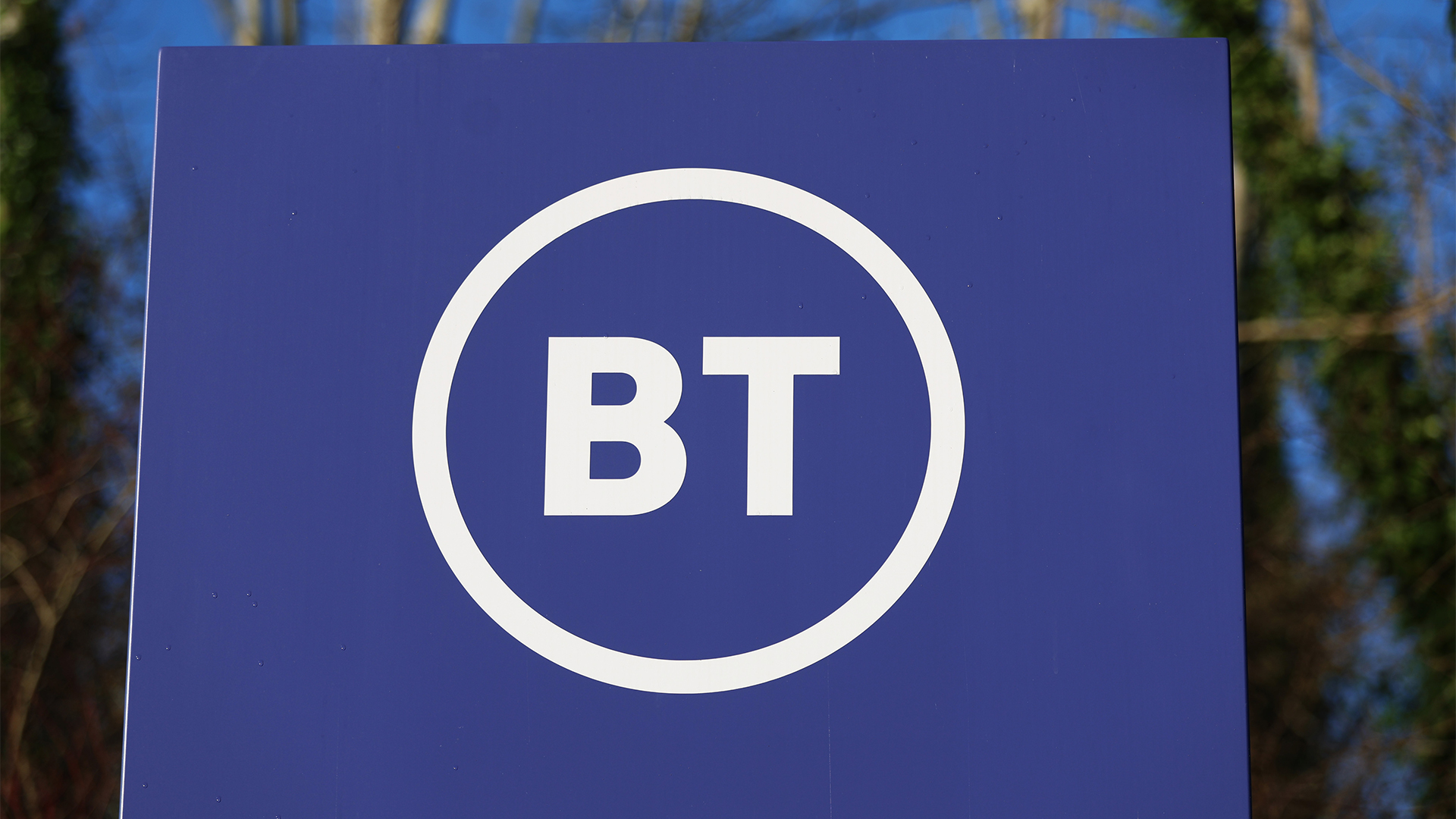 BT just extended the PSTN switch-off deadline — here’s what you need to know
BT just extended the PSTN switch-off deadline — here’s what you need to knowNews BT described the move as a “revision”, citing a series of improvements to the wider PSTN switch-off programme
By George Fitzmaurice
-
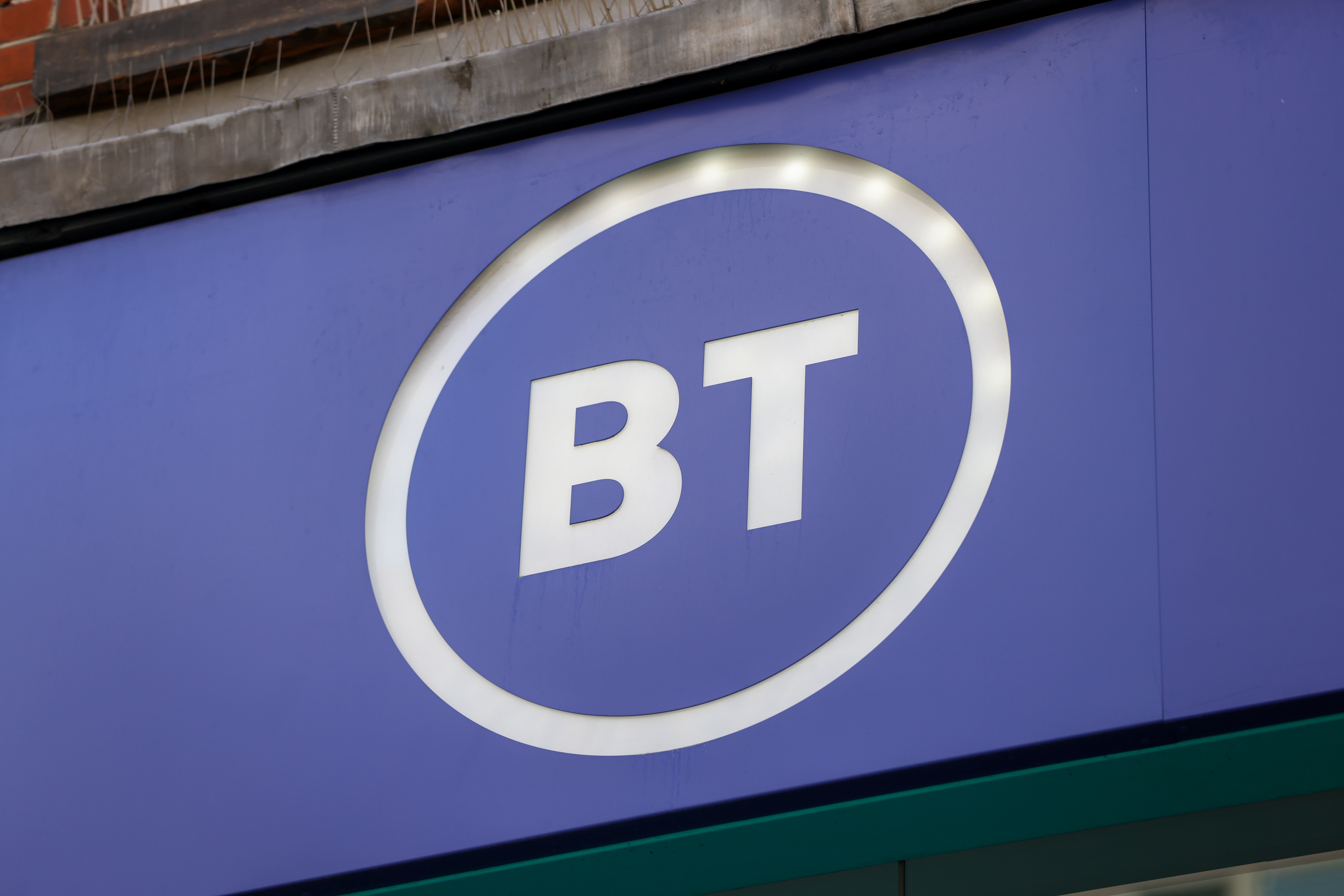 BT misses key Huawei kit removal deadline, but the telco is “almost over the line”
BT misses key Huawei kit removal deadline, but the telco is “almost over the line”News BT is still reliant on non-compliant Huawei equipment for 2G and 3G services
By Ross Kelly
-
 BT partners with HPE to deliver new global managed LAN service
BT partners with HPE to deliver new global managed LAN serviceNews The latest collaboration combines BT’s connectivity expertise with HPE Aruba Networking’s latest LAN solutions
By Daniel Todd
-
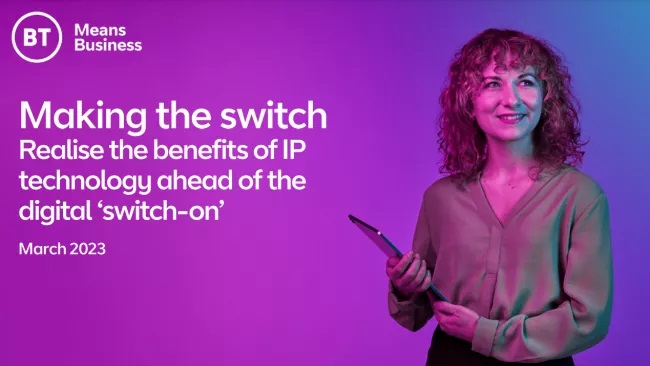 Making the switch
Making the switchWhitepaper Realise the benefits of IP technology ahead of the digital ‘switch-on’
By ITPro
-
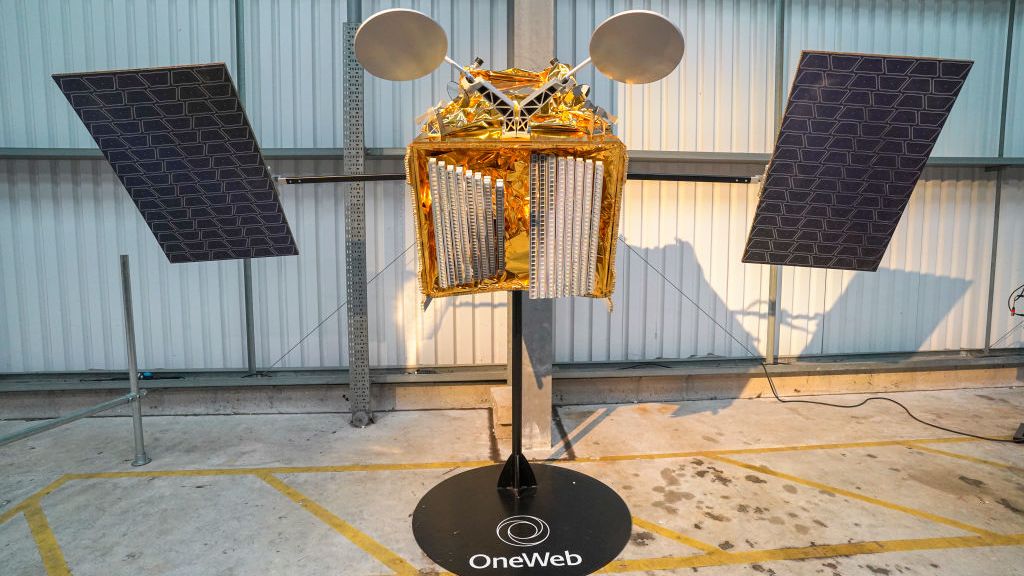 BT and OneWeb succeed in "game changer" satellite connection trial
BT and OneWeb succeed in "game changer" satellite connection trialNews Smaller businesses in rural areas could benefit from improvements to backhaul services using satellites, with speeds increasing by an order of magnitude
By Rory Bathgate
-
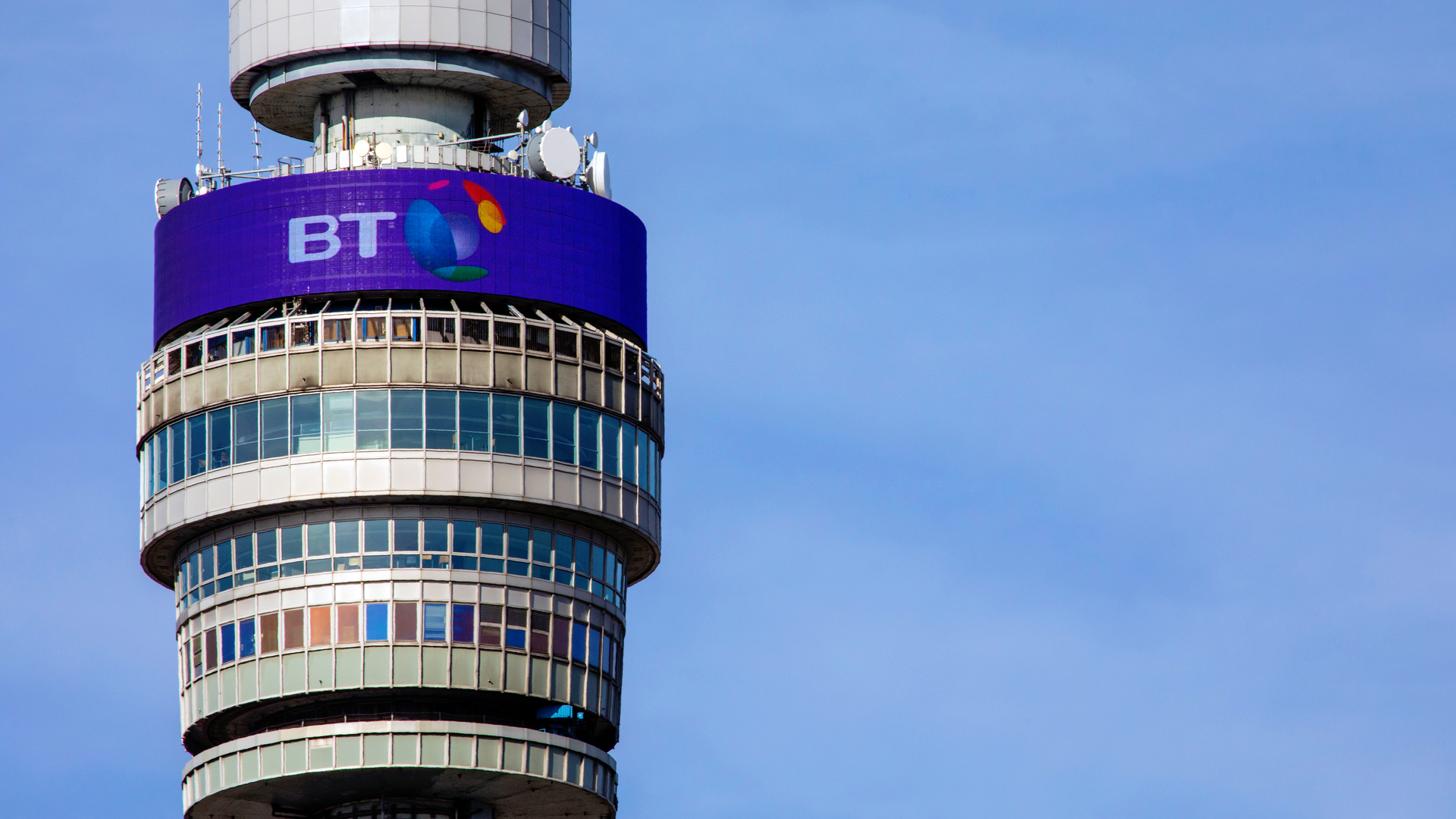 BT, Nokia crack four carrier aggregation on a 5G network in first for Europe
BT, Nokia crack four carrier aggregation on a 5G network in first for EuropeNews The breakthrough marks the first successful use of such technology on a live network, and could lead to dramatic network improvements
By Rory Bathgate
-
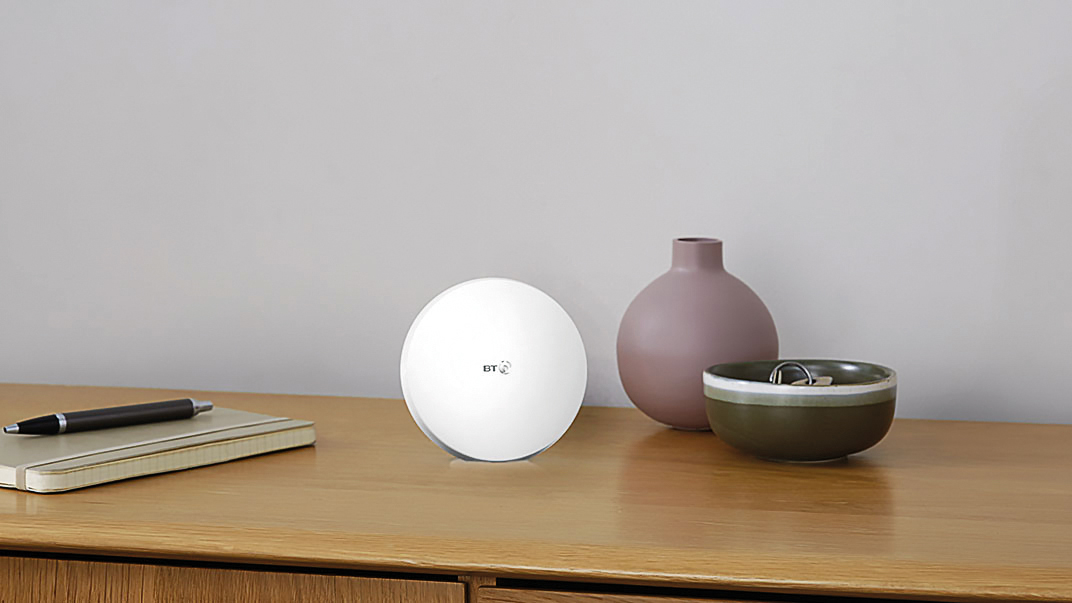
 BT Mini Whole Home Wi-Fi review: Value-conscious range extension
BT Mini Whole Home Wi-Fi review: Value-conscious range extensionReviews You shouldn’t expect top performance, but this dinky mesh system eradicates notspots for a great price
By Darien Graham-Smith